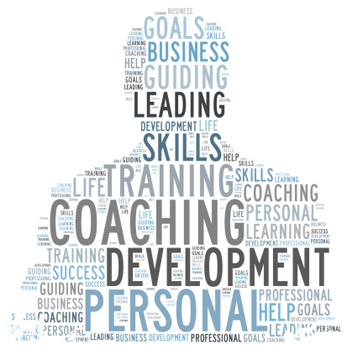The Changing Face of Business, and Why It's Important to Up-Skill

The Changing Face of Business, and Why It's Important to Up-Skill
Today's business world is a fast paced one. Where once we had one job and one career for the vast majority of our lives, it's now the case that people are moving from a single, lifetime career towards having multiple jobs. In addition to this, people are now seeking out multiple opportunities and are developing and acquiring multiple skills and professions in their lives. The way that people are doing business is also changing, with many people seeking out the path of entrepreneurship or self-employment over the traditional path of working the standard nine-to-five.
The changes that we've seen in the business world over the past fifty years are attributed to various societal changes and shifts in the world, but one clear change that has happened in the workplace has been the gradual but definite shift away from -traditional' values in the home. What this means is that instead of there being a hardworking and devoted man who would go out every week day to work in the same job for his whole life to support his house-wife spouse and their 2.5 children (the -breadwinner' if you will), we are now seeing equality (almost) in the workplace, and men and women working in equal roles in the workforce.
Your standard workplace in the 1960s would probably see men working in a job that involved some manual labour, and they'd probably smoke cigarettes half of the way through the day. They'd go home to their wife and kids at the end of their workday on the dot of five, where the lovely wife would have dinner on the table. The worker husband would fill her in on his day but he'd probably not bother mentioning the few choice compliments about the tea-girl's great legs that he made to the poor girl who brought cakes and tea around as his and his colleagues' mid-morning refreshments. Comments like that were rife, and women were marginalised in the workplace – if they were even present at all.
Fast forward 50 years, and we see that social revolutions have placed women firmly in a position with far more equal footing in the workplace. There is now far greater diversity in how we participate in the workforce, and we're now seeing that both partners in a family are employed, and are working prior to, during pregnancy and post childbirth. Another consideration is that people have more access to far greater amounts of paid leave and different types of leave. This access has allowed both parents to work far more successfully in their chosen roles. A huge part of this revolution in the workforce also relates to the contraceptive pill being available for sale in 1966, which allowed women to dictate when and how many children they would have, vastly allowing for greater choice.
 Add to these change in the gender roles in the workplace the many explorations and expansions in technology, combined with a shift in the way we do business, and you'll see that we have worked together to create a far more gender equal, but also far more sedentary work force.
Add to these change in the gender roles in the workplace the many explorations and expansions in technology, combined with a shift in the way we do business, and you'll see that we have worked together to create a far more gender equal, but also far more sedentary work force.
Anyway – history lesson aside, the main point to take away from all of this is that there is now far greater competition and diversity in the workplace, and due to technological advancements we're now seeing a vastly nebulous workspace which is constantly in flux.
Where once pretty much nobody used a computer to do their work, we're now seeing that the vast majority of people are using a computer or some form of information technology in order to complete their duties and or tasks in the workplace. It also translates into our lives and how we operate, I mean, it's rare that we'll go five minutes without checking our phones, and it's pretty obvious that now we're working and living in a world that is entirely run by technology.
Getting to the point of this entire piece – it's now the case that in order to stay current and as up to date as possible (and as is required to be by the changing workplace and technological advancements) you must stay abreast of trends and developments. What this means is that if you don't know how to do something, you'd better learn, and if you haven't been taught or given the opportunity to learn in your workplace, you'd better up-skill.
Thankfully, as part of the advent towards greater technology in the workplace and with people seeing a gap in the market for training and up-skilling, there is an absolute abundance of Tafe Courses provided by www.tafecourses.com.au are available to people who are looking to carve themselves the most succussful career possible.
To get started with identifying what kind of up-skilling or training you need to undergo, take a look at your current role, and perhaps take into consideration any roles or positions that you think you'd like to find yourself in in the future. If you know that you're currently employed as a florist but would at some point like to be an accountant, then think about how you can combine a training course to benefit both your current, and your potential future professions.
Working out which course to do can be trying, as many will offer different benefits depending on the training institute. If you can ask friends or coworkers who may have done the same course about their experience it will be vastly beneficial to your understanding of what the course actually entails. The important thing to remember is that you're doing this to benefit your career, and so it should be treated as something that is important not only for your work, but for your personal development and, hopefully, job satisfaction.
When you're looking to undertake some more training or up-skilling, it is wise to find out if your current employer is going to offer something at a subsidised rate or even as part of your employment. This will ensure that you won't have to pay for an entire training course out of your own pocket – and if your employer is on the fence about the idea of paying for you to complete some training, consider it an excellent opportunity to present your case about why it's beneficial to them.
MORE





